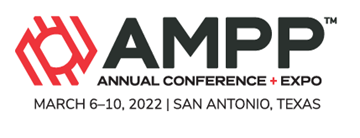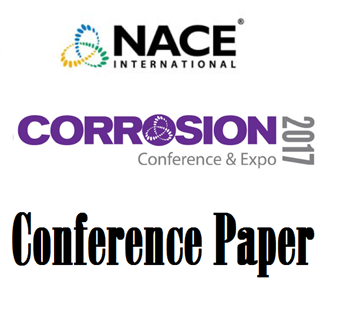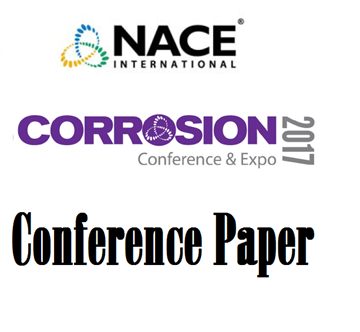Search
Individual Conference Papers
View as
Sort by
Display
per page
Influence of the Hardening Phases on the Hydrogen Embrittlement Susceptibility of Ni-Alloys based on UNS N07718
Product Number:
51320-14667-SG
Publication Date:
2020
$20.00
Influence of the Soil Moisture Level and Differential Aeration Cell on the Corrosion Rate of Carbon Steel and Zinc Coated Steel
Product Number:
51324-20694-SG
Publication Date:
2024
$40.00
Influence Of The Surface Condition On The Pitting And SCC Resistance Of Alloy UNS N07718 Produced Via Selective Laser Melting
Product Number:
51321-16949-SG
Publication Date:
2021
$20.00
Influence of the UV Radiation on the Corrosion Resistance of the Carbon-Based Coatings for the Marine Industry
Product Number:
51319-12950-SG
Publication Date:
2019
$20.00
Influence Of Thermomechanical Processing On Mechanical Properties And Corrosion Resistance Of Super Duplex Stainless Steel UNS S32750.
Product Number:
51322-17613-SG
Publication Date:
2022
$20.00
Influence of Ultrasonic Nanocrystal Surface Modification on the Corrosion and Stress Corrosion Cracking Behavior of Welded Joint in District Heating Pipe
Product Number:
51317--8953-SG
ISBN:
8953 2017 CP
Publication Date:
2017
$20.00
Infrastructure Corrosion Issues and Solutions on Military Bases
Product Number:
51317--9212-SG
ISBN:
9212 2017 CP
Publication Date:
2017
$20.00
Inhibited Erosion-Corrosion of Carbon Steel in Sweet Production with CaCO3 Versus Sand Particles
Product Number:
51319-13433-SG
Publication Date:
2019
$20.00
Inhibiting localized corrosion of carbon steel pipelines in sour service
Product Number:
51323-18833-SG
Publication Date:
2023
$20.00
Inhibiting Nucleation Corrosion in Liquid Hydrocarbons
Product Number:
51324-21232-SG
Publication Date:
2024
$40.00
Inhibition Of Calcium Carbonate Scale Formation In Water-Mono Ethylene Glycol Solutions By Water Soluble Polymers
Product Number:
51321-16607-SG
Publication Date:
2021
$20.00
Inhibition of Calcium Phosphate Scale on Heat Exchangers-Relation Between Laboratory Test Results and Tests on Heat Transfer Surfaces
Product Number:
79220
Publication Date:
1979
$20.00












